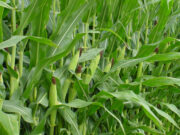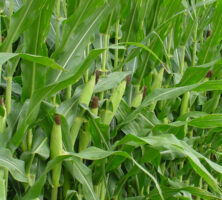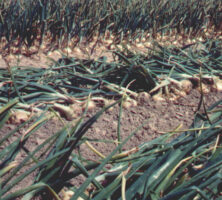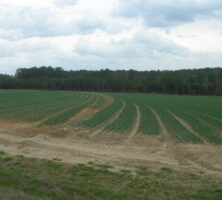Vegetables are the second most valuable agricultural crop in Georgia. Collectively they are worth an estimated $650 million in farm gate value (the value of a product when it leaves the growing site) to the state’s agricultural economy. Georgia ranks third in the United States in acreage of fresh-market vegetables planted.

Courtesy of Reid L. Torrance
Georgia farmers produce more than thirty different vegetable crops on a commercial scale. Vidalia onions are the leading vegetable crop in terms of value, while watermelons are grown on the most acres. Georgia leads the United States in production of fresh-market cucumbers, collards, lima beans, and turnip greens. Other vegetables produced on more than 5,000 acres include snap beans, sweet corn, carrots, cabbage, southern peas, squash, cantaloupes, bell peppers, and tomatoes.
Although Georgia has a long history of vegetable production, it was considered primarily a truck crop industry until the late twentieth century. Vegetable production in Georgia increased rapidly from the mid-1980s to the late 1990s. In 2000 nearly 197,000 acres of vegetables were grown in Georgia. The vast majority of this acreage is fresh-market vegetable production. Less than 5 percent of Georgia’s vegetables are produced for the processing market.
In 2000 approximately 36,919 acres of Georgia vegetables were produced using plastic mulch, mostly in combination with drip irrigation (plasticulture). This type of production increases yield and quality of the crop while conserving water and using less fertilizer. After the introduction of plasticulture in the 1980s, production of such high-value crops as peppers and tomatoes increased rapidly. Plasticulture is also used in the production of watermelons, cantaloupes, squash, cucumbers, eggplant, and cabbage.
Approximately two-thirds of Georgia’s vegetables are grown in the southwest quarter of the state. Abundant water resources and transportation corridors historically have made this an attractive area for vegetable production. In recent years, however, vegetable production in the southeastern quarter of the state has increased. Vidalia onions are produced exclusively in the southeast area of the state, and other vegetable crops are now grown in this region.
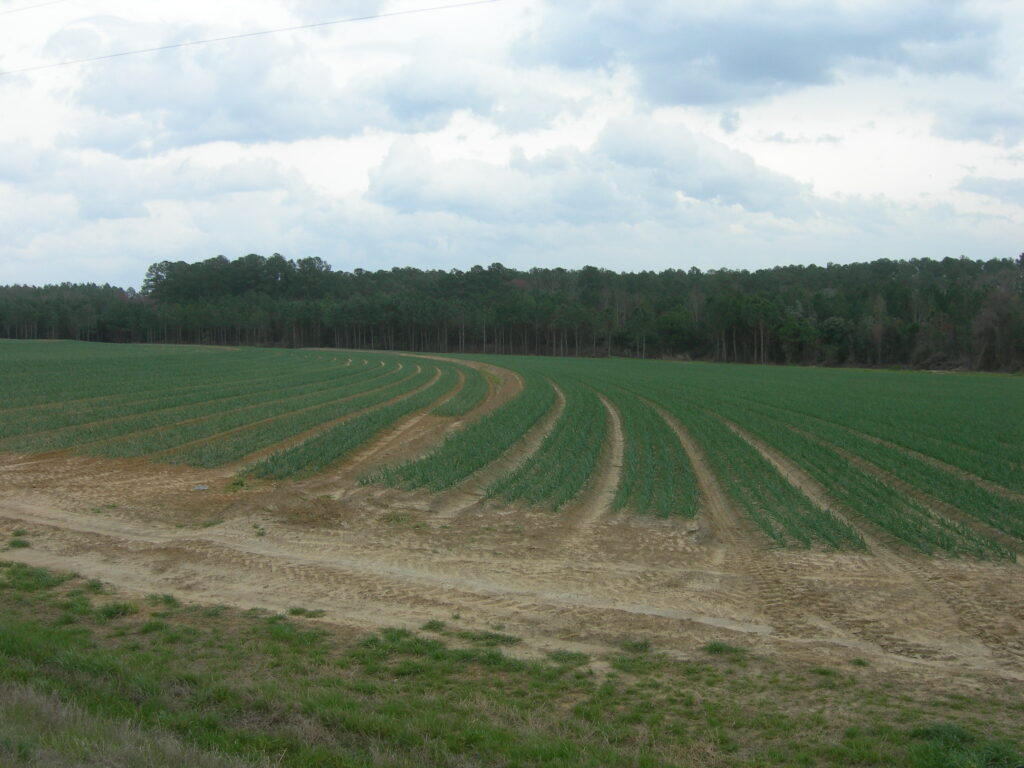
Photograph by Jimmy Emerson, DVM
There is some vegetable production in virtually every county in Georgia. A small area of concentrated production exists north of Atlanta. Most of this production is related to cabbage, pumpkins, tomatoes, and sweet corn. There is an increasing number of pick-your-own enterprises around most of the state’s metropolitan areas.
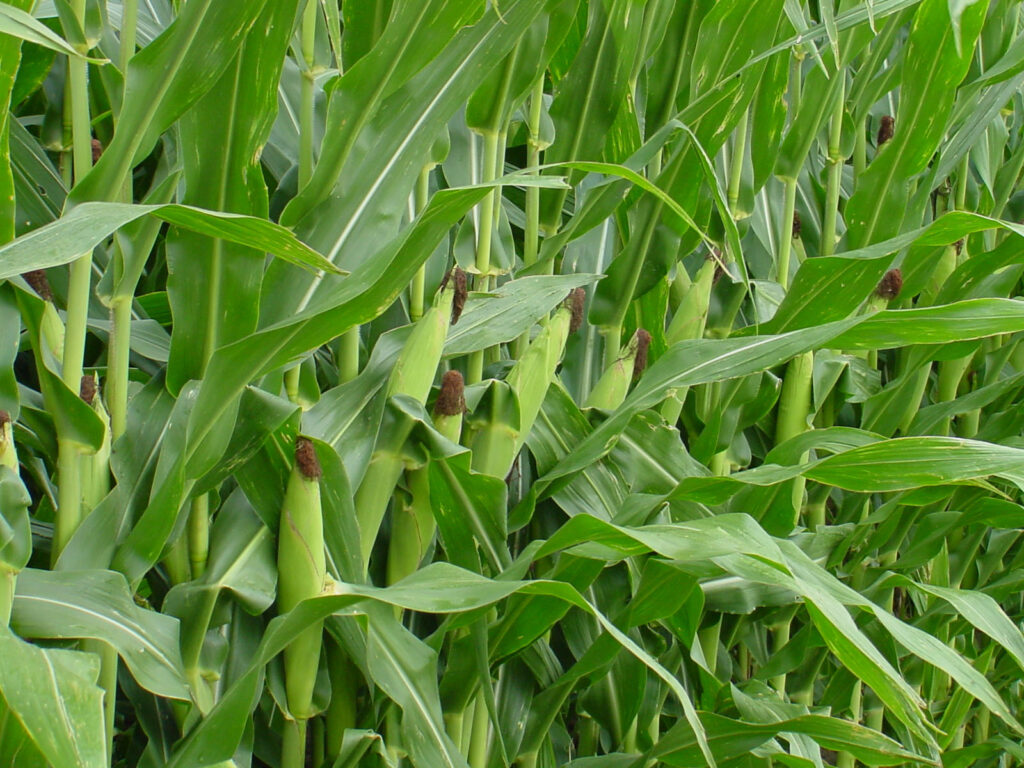
Courtesy of Dewey Lee
Vegetable production in Georgia takes place in some form during every month of the year. Winter crops produced in south Georgia include onions, cabbage, turnips, mustard greens, collards, kale, and carrots. Spring and fall crops of peppers, tomatoes, squash, snap beans, eggplant, cabbage, and leafy greens are common.
Spring production occurs beginning in late February and continuing into early July. Fall crops are planted in late July and harvested until late November or frost, whichever comes first. Although most of the vegetables are produced on the lighter Coastal Plain soils, the Piedmont and Mountain areas both have soils and climate conducive to successful vegetable production.
Most vegetables produced in Georgia are shipped to the northeastern United States and Canada. Vegetable production in Georgia requires intensive management and large capital inputs. The warm, humid climate, though ideal for vegetable growth, is also ideal for many plant diseases, insects, and weeds that must be managed for profitable production. Since vegetables require a high capital investment, irrigation is required to ensure crops during dry periods.


